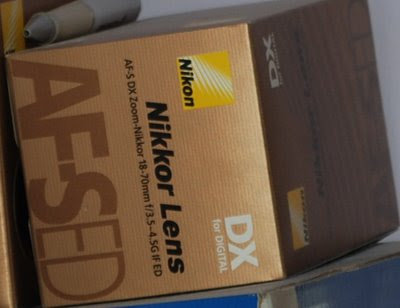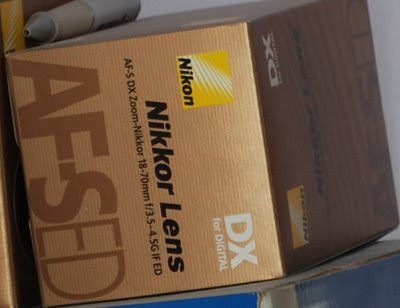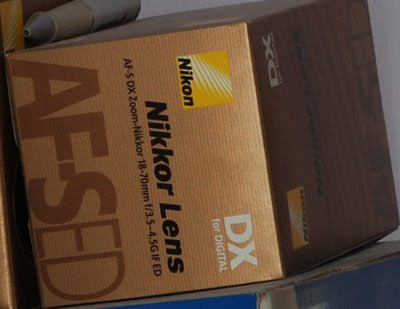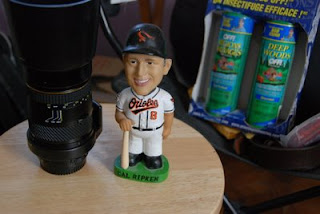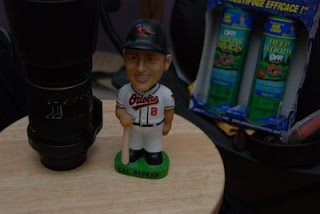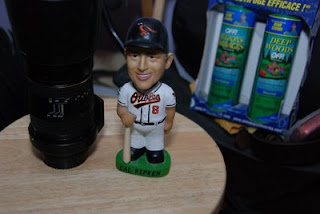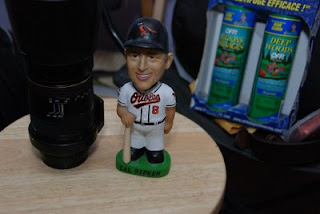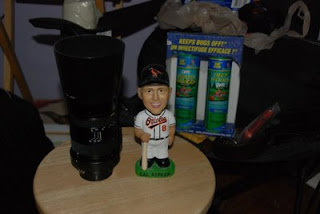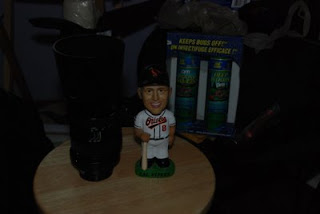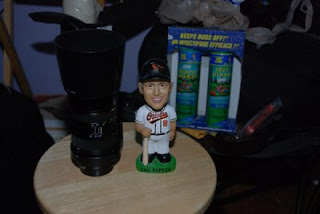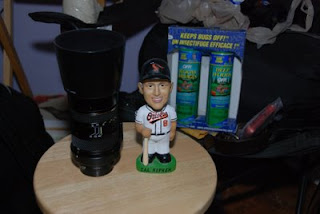need to use slow shutter speed and set the flash to second curtain-sync.
You will create a light trail following the subject. The flash fires right
before the shutter closes. I decided to try hitting a piece of my chess
game and here are the results.

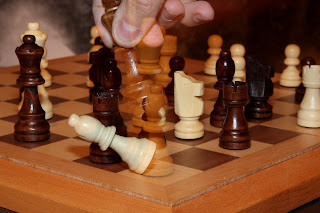
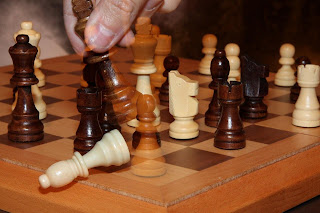
You can see the initial location of the chess piece and the final location after hitting it. another effect of this technique is that my hand and the piece I am using to hit the other piece become trasparent and you can see through them


